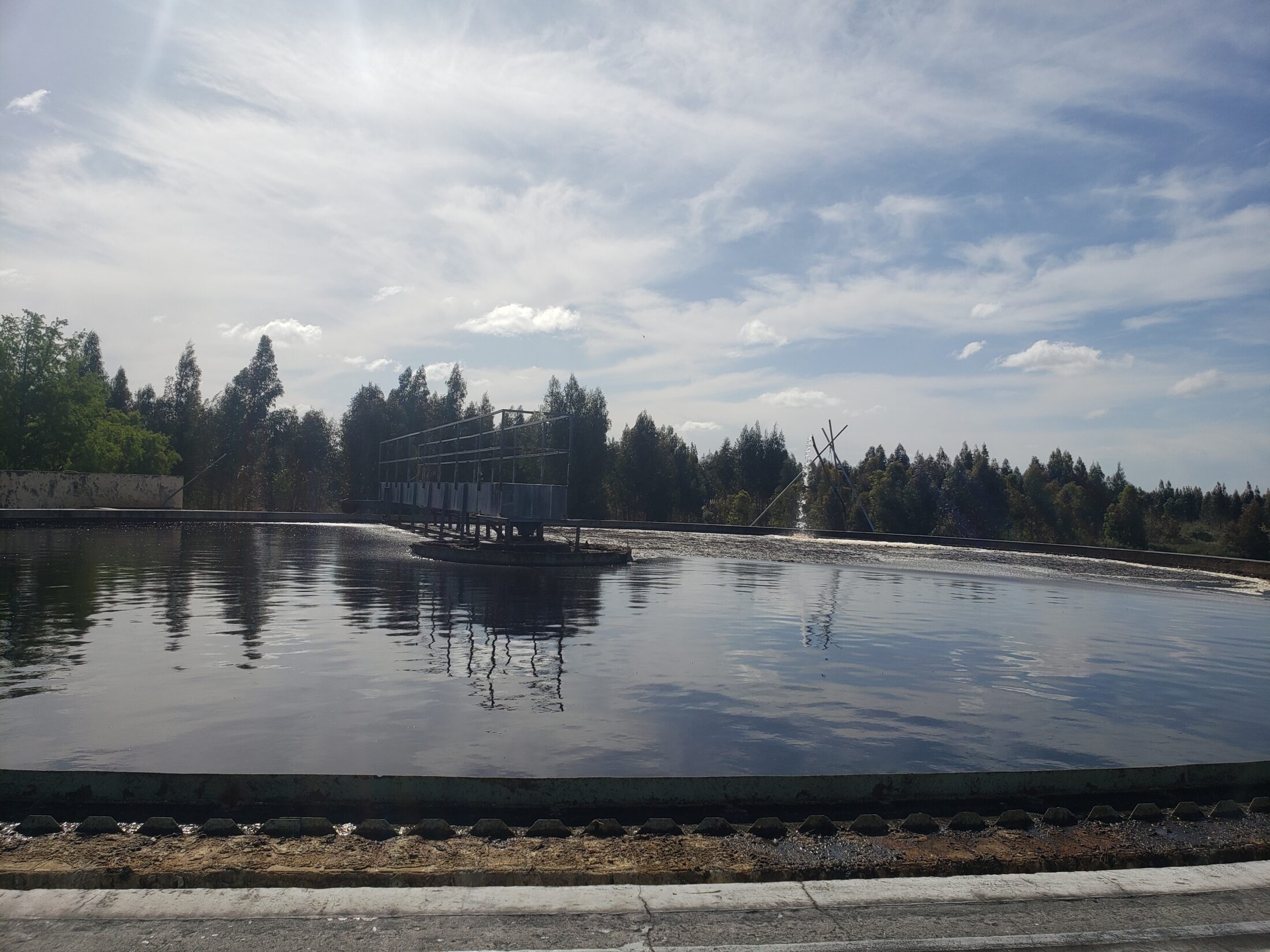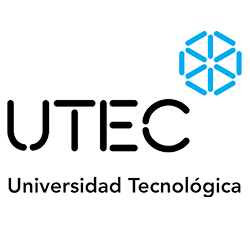Optimizing a tannery effluent treatment plant (Uruguay)

A one-year performance audit was conducted on a tannery effluent plant that also receives other industrial discharges. The facility comprises a primary settler, an aerated lagoon, an anoxic reactor and two facultative lagoons. Infrastructure records, operating logs and multi-point water-quality data, complemented by site inspections and laboratory bio-assays, formed the diagnostic basis.
Monitoring revealed two compliance bottlenecks: inadequate nitrogen removal and algal proliferation that elevates solids and particulate BOD in the final discharge. Field tests confirmed scant nitrifying biomass in the aerated lagoon, while inhibition trials showed that plant effluent did not impair non-acclimated activated sludge from an external facility.
Two upgrade scenarios were developed. Alternative 1 preserves the current stabilisation-lagoon approach, optimising natural processes to boost nitrification and control algae. Alternative 2 converts part of the existing volume into completely mixed reactors, adding mechanical aeration and targeted solids management. Each option was modelled to estimate maximum treatable loads, expressed as flow and influent COD, BOD, nitrogen and phosphorus concentrations.
The assessment concludes that targeted process modifications can resolve the nitrogen and algae issues and expand capacity, positioning the plant as a viable regional hub for industrial wastewater treatment.

